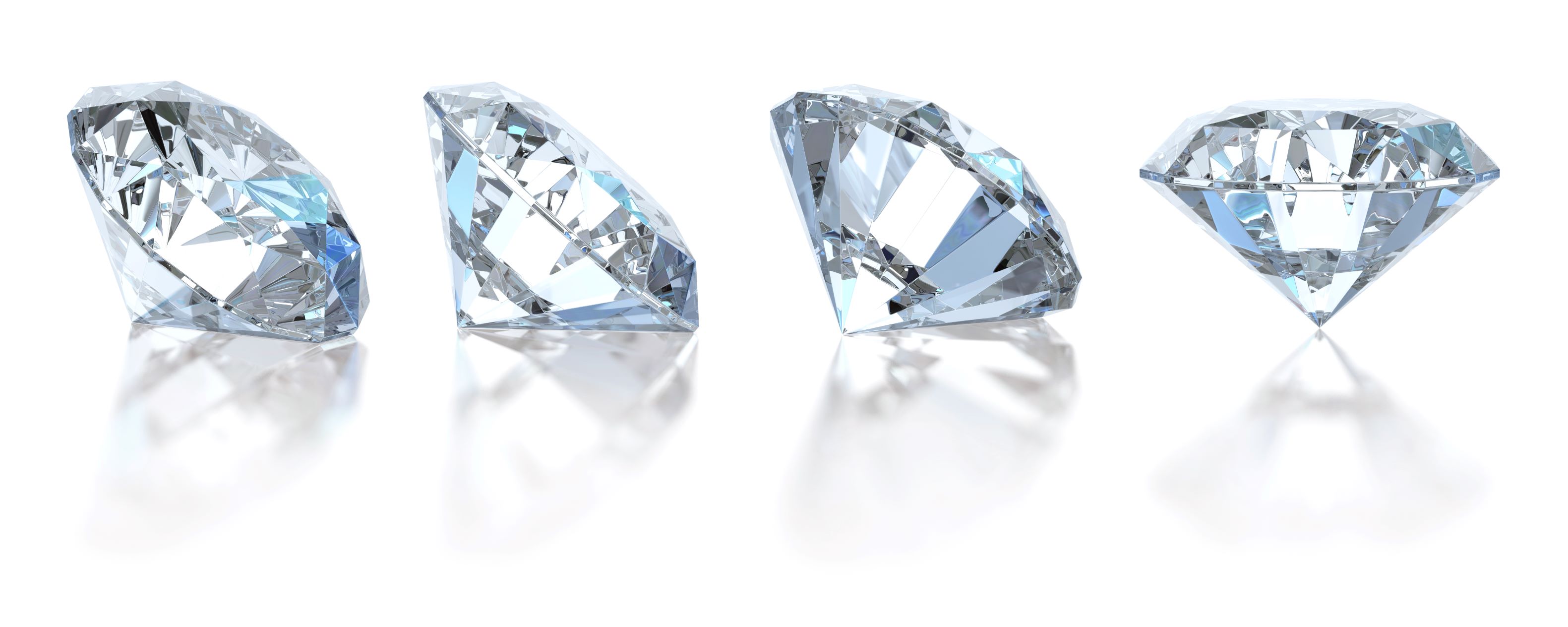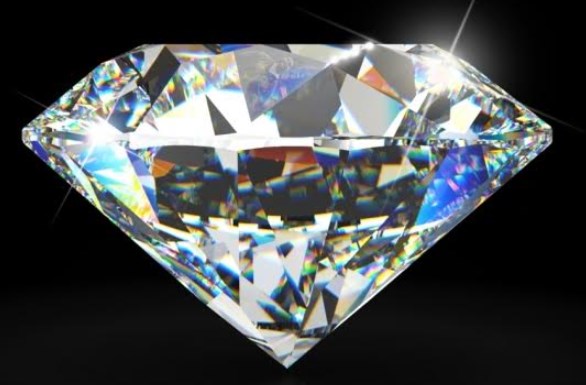The Ultimate Guide to Lab-Grown Gems
Body
Making your first diamond purchase is a significant choice. Diamonds are a large part of life's most memorable occasions, whether you are getting ready for an engagement or celebrating a major life milestone. Not sure where to begin? Whether you choose a lab-grown or natural diamond is one of the most crucial things to think about when you first start your diamond purchasing experience. Naturally occurring gemstones and lab grown gemstone each have advantages, depending on what matters most to you.
Who are lab-grown diamonds made by?
HPHT Diamond Gems
No one knows exactly how mined diamonds formed. It happened about around 3 billion years ago. The process is thought to have involved carbon dioxide being trapped deep within the Earth and exposed to extreme heat, possibly through volcanic activity. These dual "high pressure, high temperature" (HPHT) factors are used to create lab-grown diamonds today. A small capsule mimics the conditions believed to have created the first diamonds. The carbon source is heated and pressurized until it begins to crystallize. It takes several weeks for a diamond to form.

CVD Diamond Gems
The second technique is chemical vapor deposition. 'CVD Diamond Gems growth occurs inside a vacuum chamber filled with a carbon-rich gas such as methane. A source of energy, such as a microwave beam, breaks up the gas molecules, and the carbon atoms are attracted to the flat diamond seed plates underneath. Crystallization occurs over several weeks to produce many crystals simultaneously.'
The specific benefits of lab-grown diamonds
Ethics.
Many people love the romance of mined diamonds, the idea that the Earth created the stone they are wearing. However, there is a reason why the phrase' blood diamond' has entered common parlance. With gemstone mining funding a large percentage of modern conflict, there is little romance to speak of. Although work has been done to reduce this practice, it still occurs. So, if you want to be sure your gems are conflict-free, lab grown gems are the best option.

Cost.
You will never find a 'cheap' diamond. If you think you have found one, chances are you have got your hands on cubic zirconia. However, because mined diamonds are more popular than lab-grown diamonds, the market makes them more expensive.
Environmental considerations.
No matter how you spin it, mining is intrinsically bad for the environment. Nowadays, most diamond mining companies take steps to protect the ecosystems of the places where they operate. But lab-grown diamonds have much better environmental credentials. Not just because everything used to make them happens in a confined environment but also because they require much less energy than a diamond mine.
Conclusion
Selecting the right diamond for your next celebration is a big decision. Whether you prefer the lab-grown or natural gemstone variety, both options are winners because of their unique benefits. When it's time to buy your next diamond, the team at Gemstones is here to help you. Stop here to search for a new diamond collection for purchase.









Comments